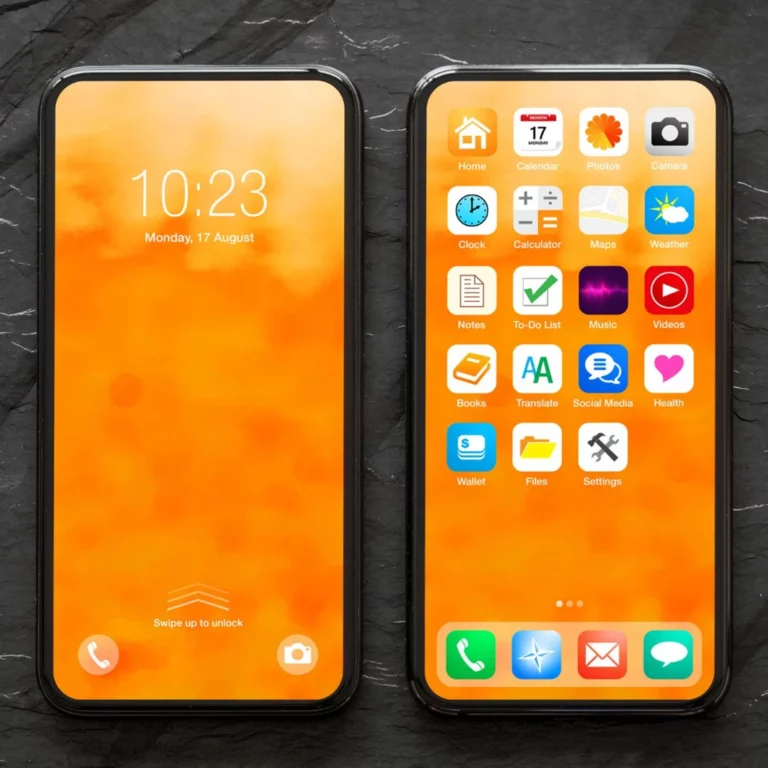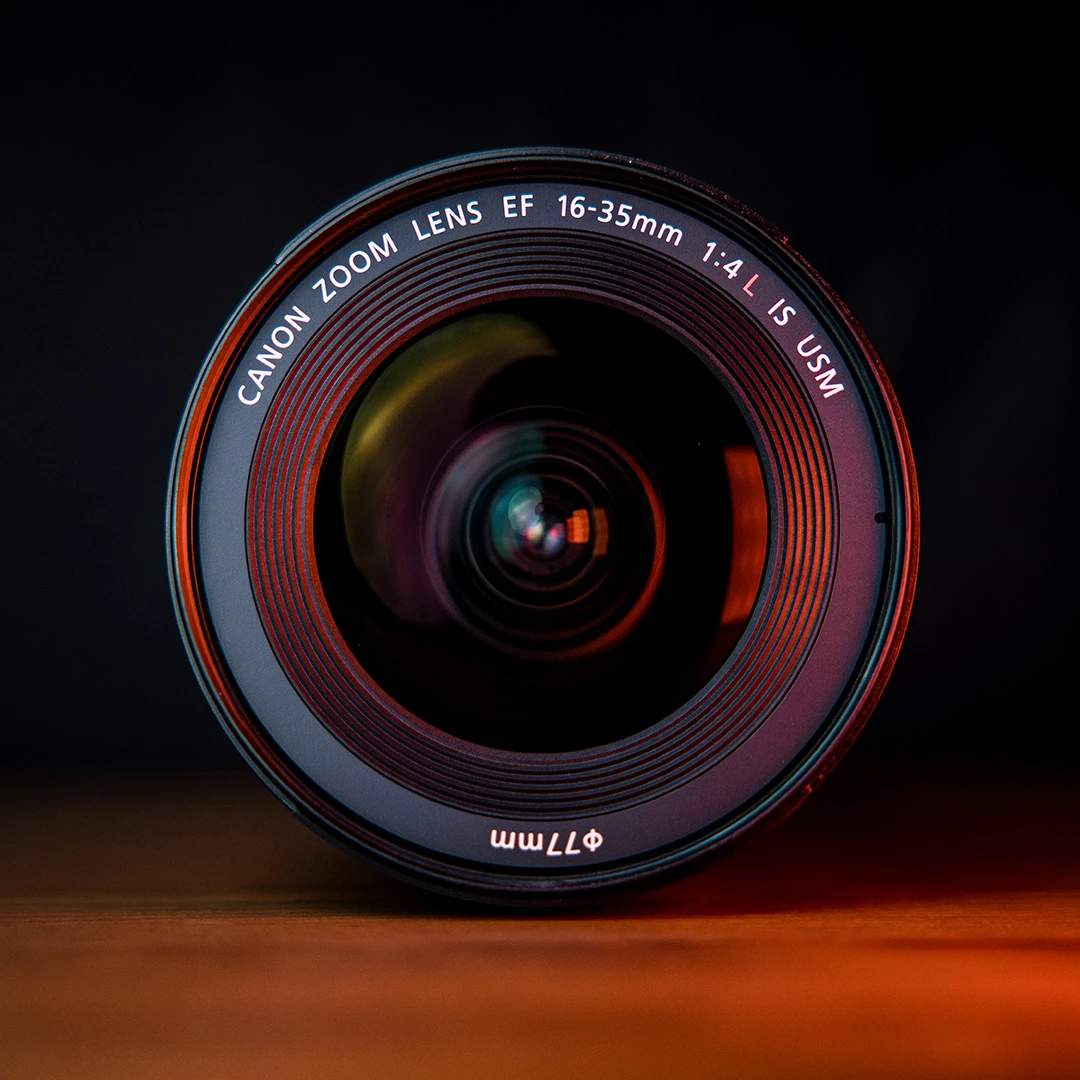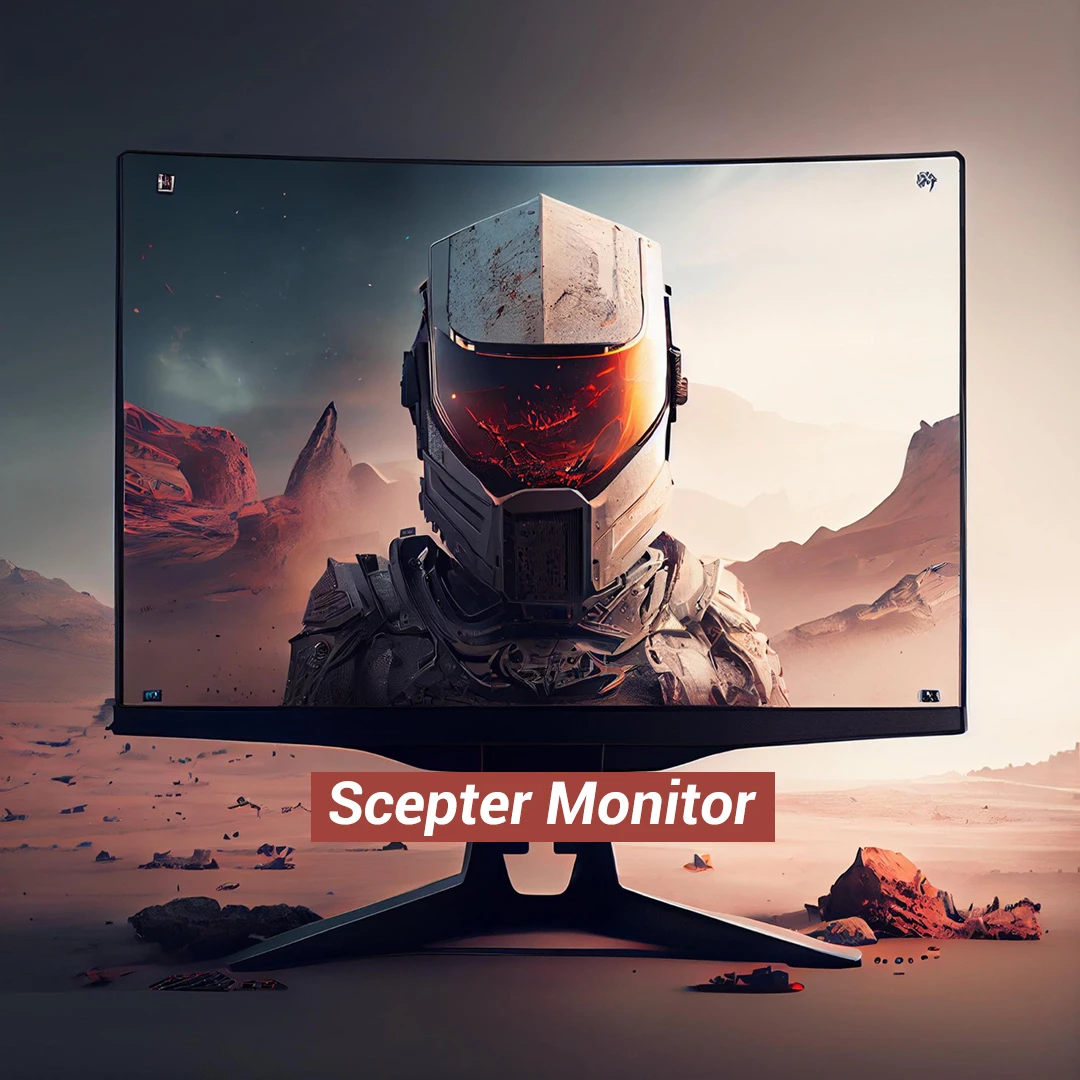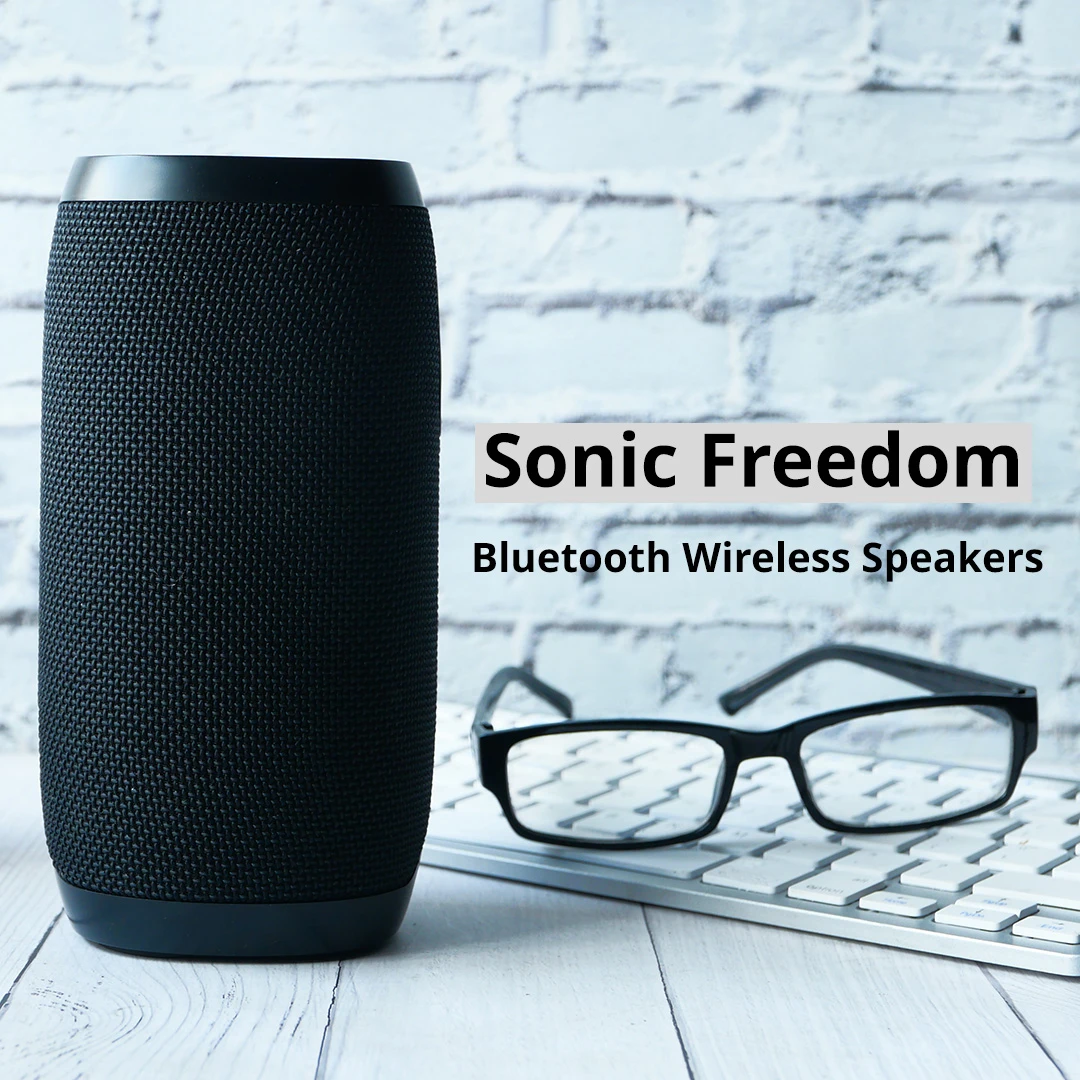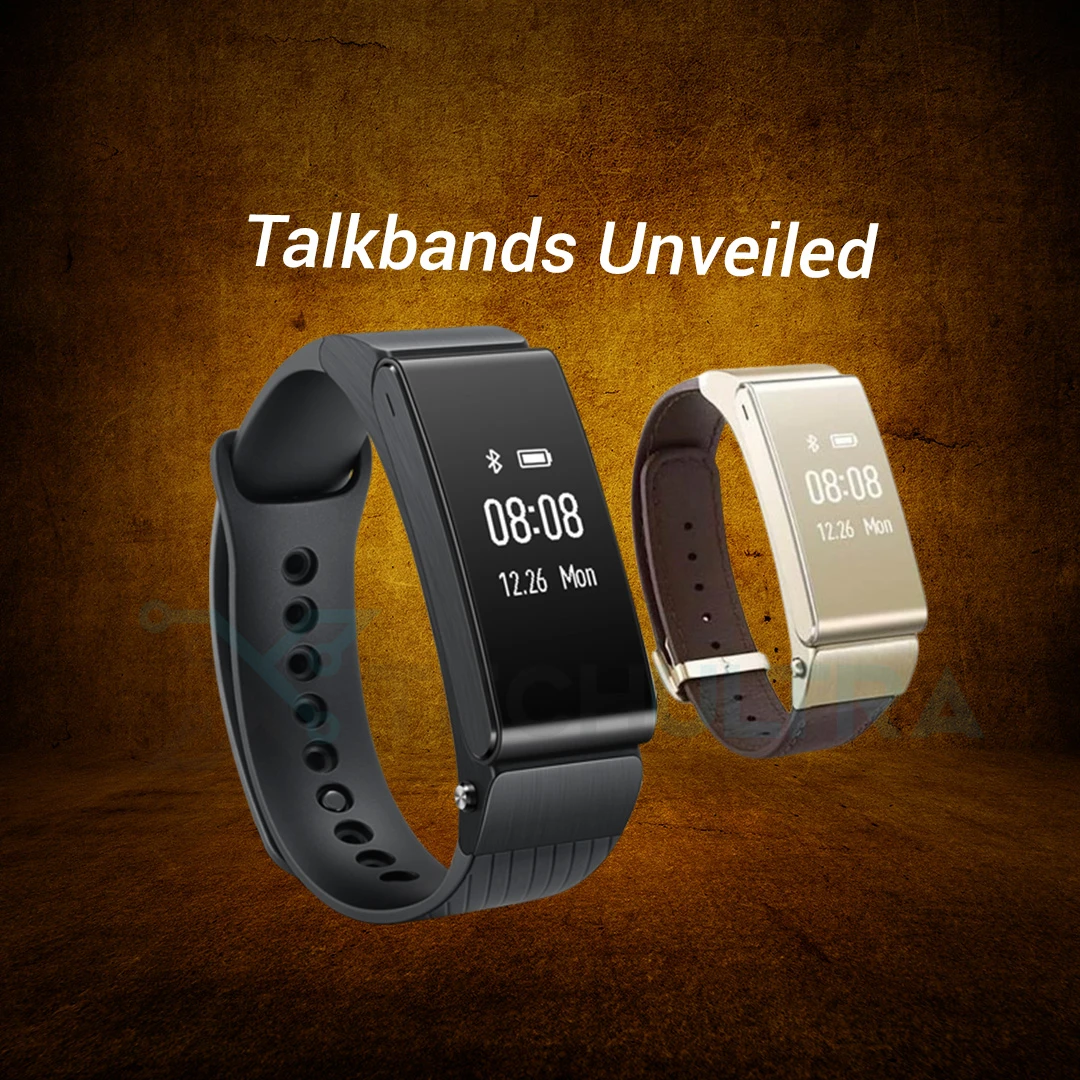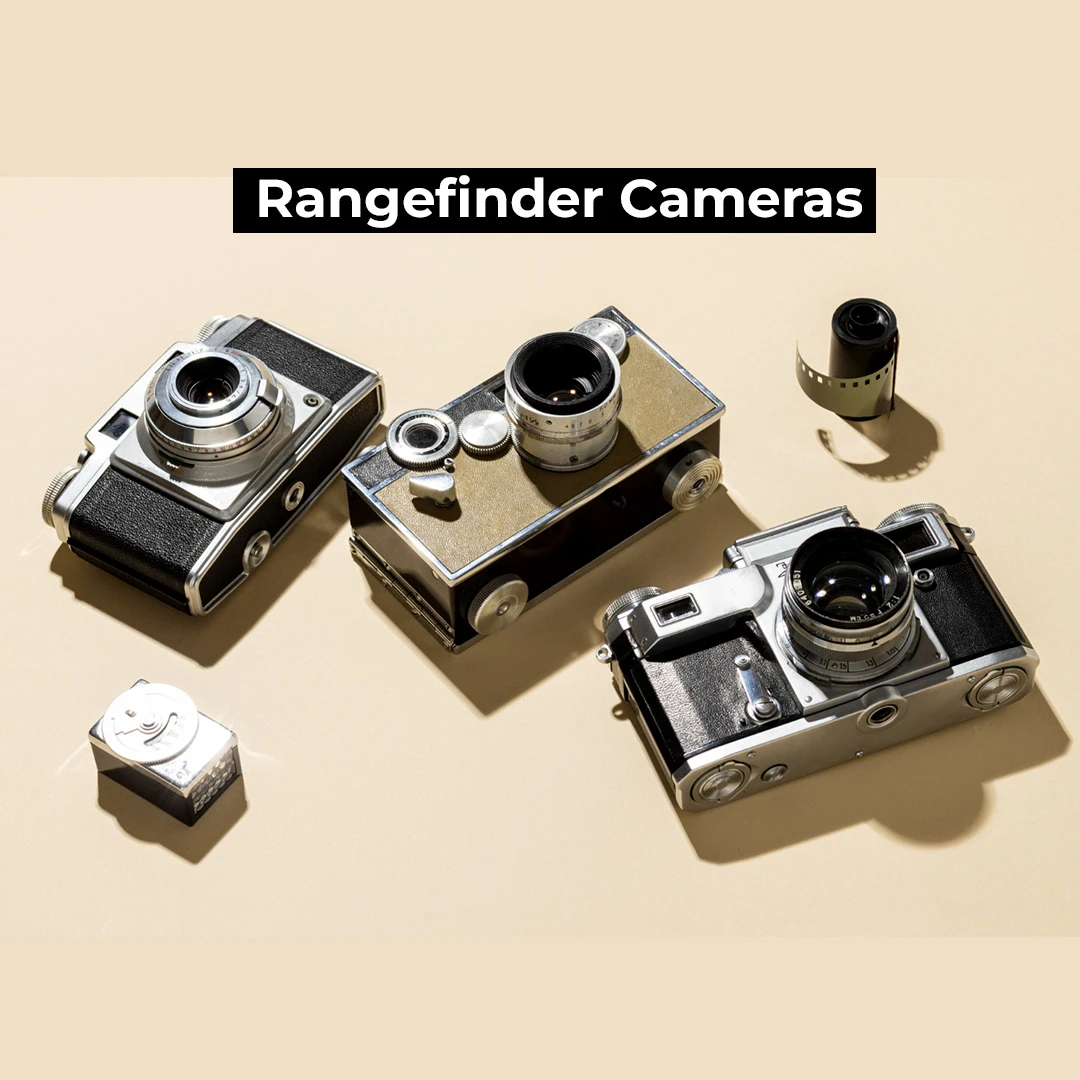In the thrilling world of sports photography, every moment tells a unique story. The perfect lens can turn a quick moment into a lasting masterpiece. Picture capturing the excitement of a game-winning goal, the determination of a runner crossing the finish line, or the elegance of a gymnast mid-air – all in clear, sharp detail. To achieve these amazing shots, photographers rely on a range of specialized lenses designed to capture the energy of sports events.
Sports photography requires accuracy, speed, and top-notch optics to capture fast-paced moments with clarity. Selecting the right lens is vital for sports photographers as it greatly impacts the quality of the photos. Let’s explore the best lenses for sports photography, considering aspects like focal length, aperture, image stabilization, and compatibility with different camera systems.
Selecting the Optimal Focal Length:
How to Select the best Lenses for Sports Photography
In sports photography, having the correct zoom level is crucial for capturing distant subjects. Telephoto lenses are the go-to option, enabling photographers to capture faraway action. Lenses with focal lengths from 70mm to 200mm are flexible and commonly used in different sports. When it comes to outdoor games like football or soccer, lenses with focal lengths between 200mm and 400mm offer the necessary reach to capture athletes on expansive fields.
Choosing the Right Aperture for Low-Light Settings:
When doing sports photography, it’s crucial to use a wide aperture, especially when taking pictures indoors or in dim lighting. Lenses with wide openings, like f/2.8 or broader, let in more light, helping you use faster shutter speeds to catch quick movements. These lenses are remarkably useful for capturing sports events in dim light areas or during evening matches. Prime lenses with fixed apertures, like the popular 70-200mm f/2.8, are highly preferred by sports photographers due to their wonderful performance in low-light situations and their ability to create a pleasing background blur.
Steady Shots without a Tripod:
For sports photographers capturing action on the move without a tripod, image stabilization technology is a game-changer. It minimizes the impact of shaky hands, enabling photographers to use slower shutter speeds without effecting the image clarity. This is especially handy when shooting sports events in the evening or in low light indoor spaces. Nowadays, many telephoto lenses come with advanced stabilization systems, making it easier to capture sharp photos even in challenging situations.
Quick and Precise Focusing:
In sports photography, capturing fast-moving subjects requires autofocus that’s both quick and accurate. Lenses with top-notch autofocus systems, featuring advanced focus motors and focus limiters, make sure the camera focuses quickly and precisely on the subject. Some lenses even have customizable autofocus buttons, enabling photographers to adjust focus settings without looking away from the viewfinder, making them more responsive during live sports moments.
Selecting the Right Lens for Your Camera:
It’s crucial to pick a lens that properly suits your camera. Cameras from various companies come with special connections for their lenses, so it’s crucial to pick lenses created for your camera’s brand. Prominent camera manufacturers including Canon, Nikon, Sony, and Fujifilm craft outstanding zoom lenses made especially for their cameras. Moreover, other companies like Sigma, Tokina, and Tamron are manufacturing excellent lenses that work well with different camera brands, giving photographers a broader array of options.
Different Lenses for Sports Photography
If you enjoy snapping photos of people, sports games, animals, or birds from a distance, having the correct zoom lens can significantly impact your photography. Let’s explore some commonly used lenses and instances of their use. These lenses have a more extended zoom capability than regular or wide-angle ones, allowing photographers to capture faraway subjects without having to move closer physically.
- Sony FE 70-200mm f/2.8 GM OSS:
– It keeps a steady f/2.8 aperture especially dsigned for Sony’s full-frame mirrorless cameras.
– Exceptional optical clarity, swift and precise autofocus, and integrated Optical Steady-Shot (OSS) for stabilization.
– Perfect for capturing portraits, sports, and wildlife moments, producing remarkable results with Sony’s high-resolution sensors.
- Sigma 150-600mm f/5-6.3 DG OS HSM:
– A favored telephoto zoom lens among wildlife and sports photographers, offering an extensive zoom range.
– A cost-effective choice for photographers needing considerable reach without the premium price tag.
– Provides optical stabilization, clear images, and adaptability to capture distant subjects in various settings.
- Nikon AF-S NIKKOR 70-200mm f/2.8E FL ED VR:
– Nikon is considered to be equivalent of Canon’s 70-200mm f/2.8 lens.
– Incorporates Vibration Reduction (VR) technology for stable images and Nano Crystal Coating to minimize lens flare and reflections.
– Exceptional optics and robust construction make it a preferred choice among Nikon enthusiasts.
- Canon EF 100-400mm f/4.5-5.6L IS II USM:
– A versatile telephoto zoom lens with extended reach, perfect for wildlife and sports photographers requiring extra distance without lens changes.
– Incorporates Canon’s advanced optics, Image Stabilization, and a rotatable zoom ring for effortless composition adjustments.
– An excellent selection for capturing distant wildlife or dynamic athletes without compromising image excellence.
- Tamron SP 70-200mm f/2.8 Di VC USD G2:
– An excellent zoom lens for taking pictures of people, occasions, and sports, featuring a fast f/2.8 opening.
– Comes with Vibration Compensation (VC) for image stability and Tamron’s Ultrasonic Silent Drive (USD) for rapid and silent autofocus.
– Recognized for its outstanding image clarity and weather-resistant design, ensuring dependability for outdoor shooting.
- The Samyang 135mm f/2.0 ED UMC:
– A captivating choice for photographers in pursuit of a superior prime lens with a broad aperture without breaking the bank.
– Its exceptional optical quality, expansive f/2.0 aperture, and adaptable focal length cater to portrait photographers and individuals keen on capturing distant subjects with accuracy and sharpness.
Conclusion:
In conclusion, it’s amazing to see the creativity and technology that endeavor the world of capturing sports moments. Each lens for sports photography tells a story, turning athletic movements into optical art, capturing the spirit of competition and determination. With technology and creativity as our tools, we continue to capture the energy of sports. This journey is ongoing, always changing, offering endless opportunities. With knowledge, passion, and the right lens, you’re not just taking pictures – you’re preserving sports history, one click at a time. Prepare to uncover the extraordinary, because within every sports photo, there are countless untold stories, waiting to be discovered and shared with the world.

